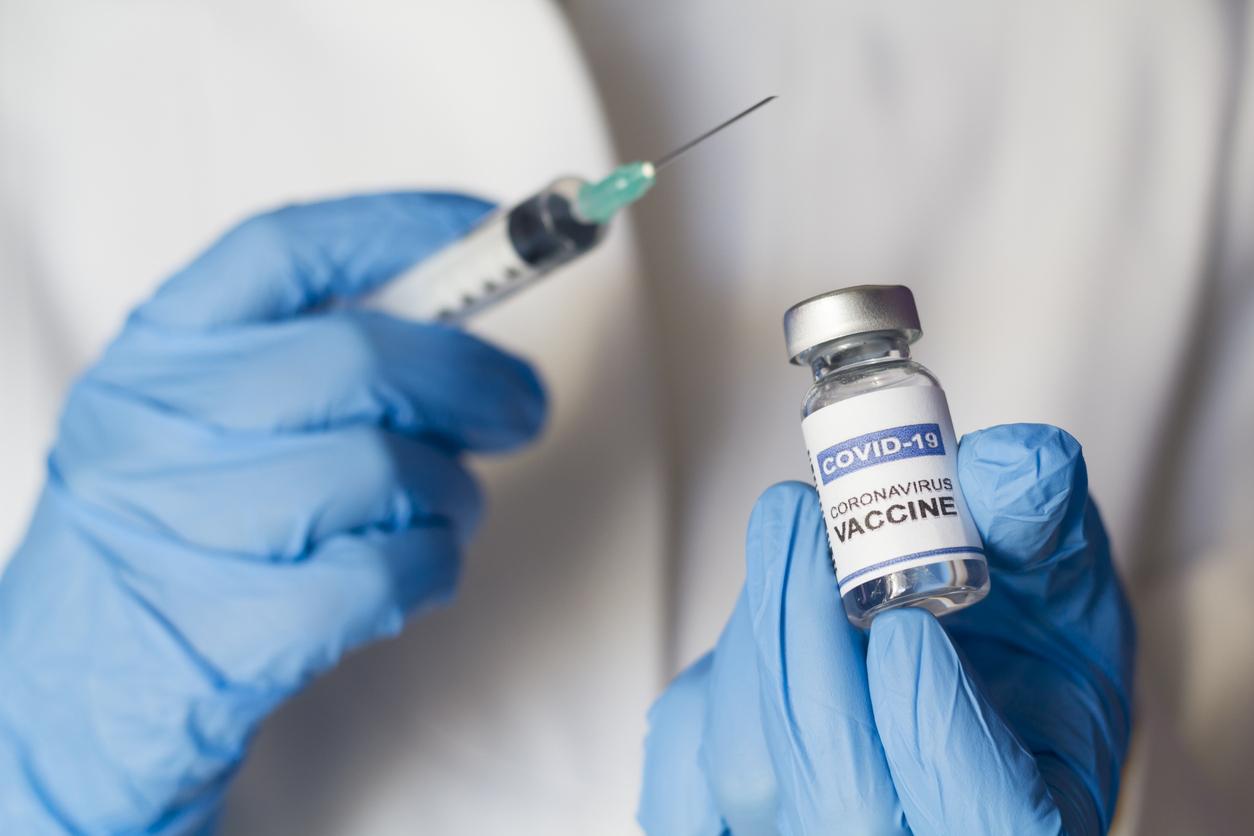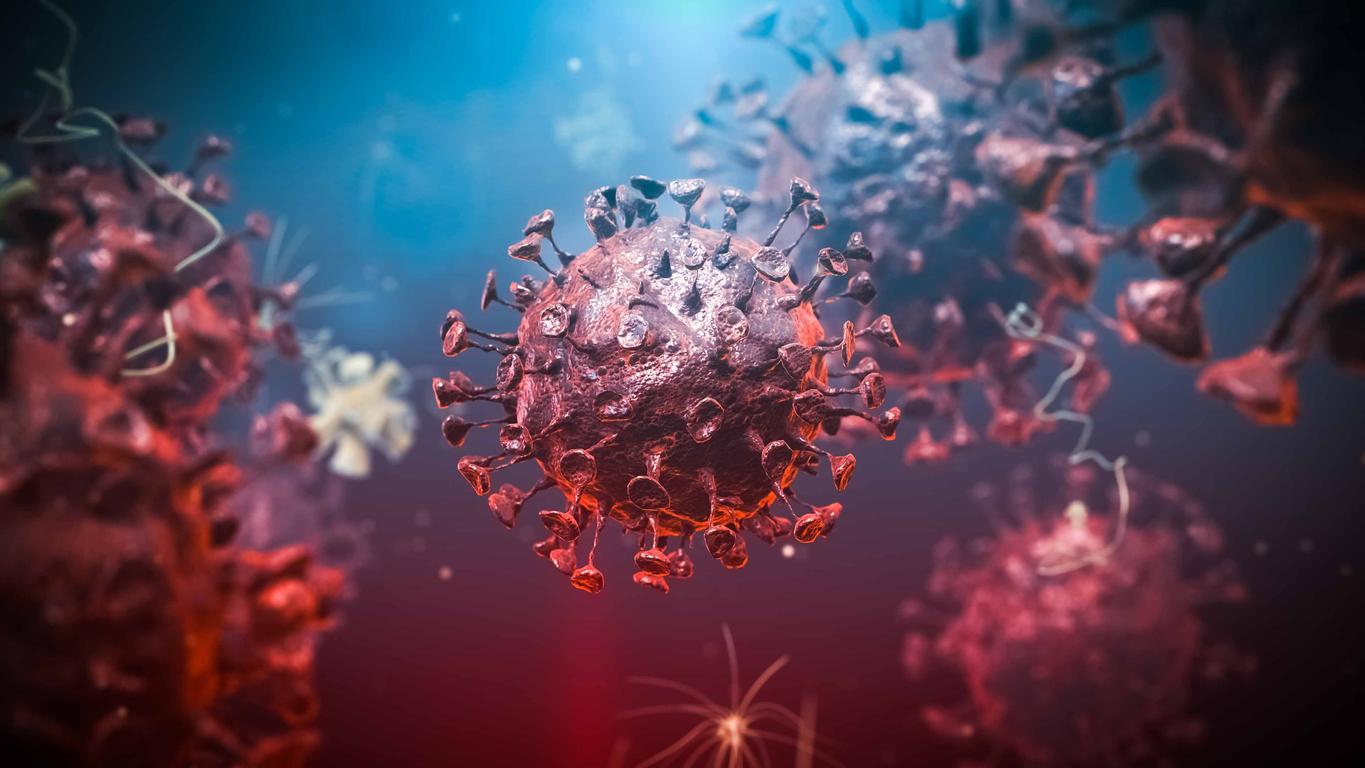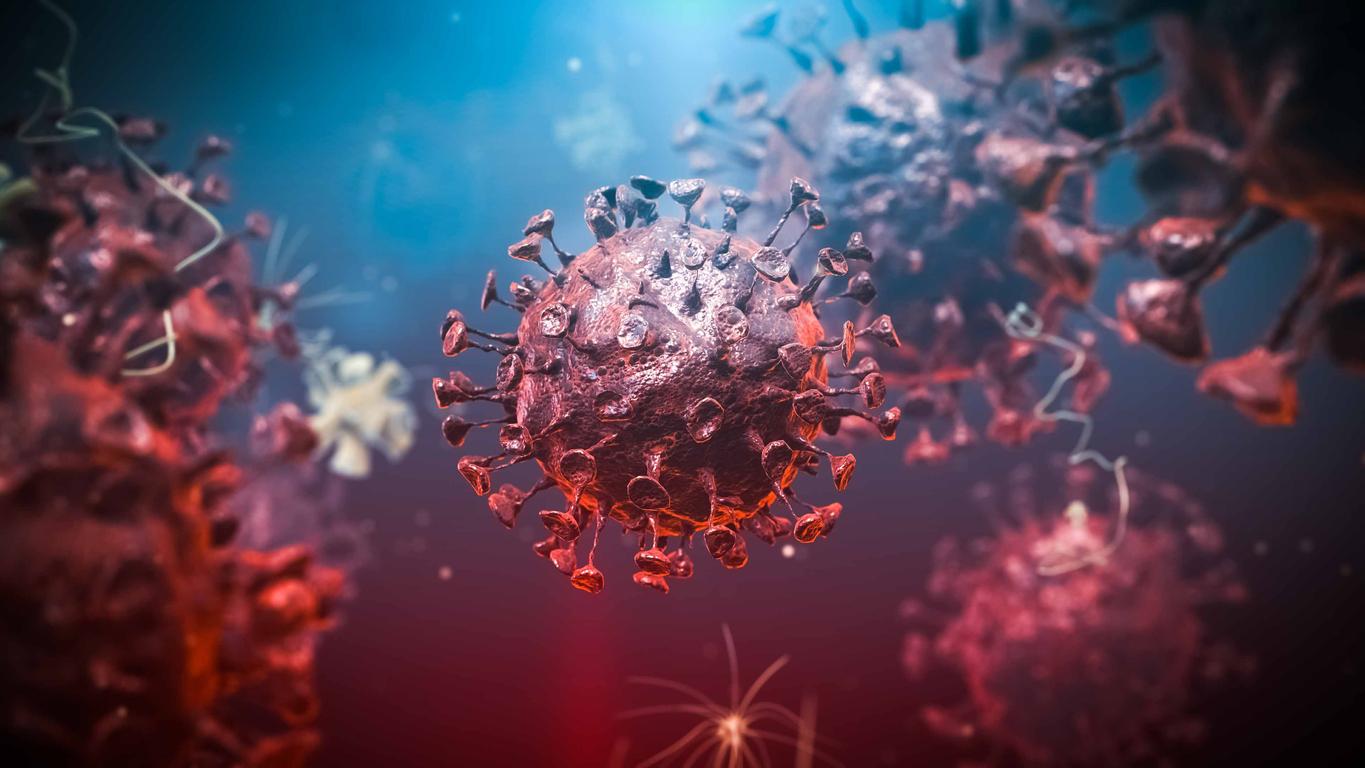After contracting the coronavirus, some patients suffer from a severe form of the disease, while others are spared. In recent work, a team of researchers suggested that, in certain patients, a receptor identified in the cells could detect and neutralize the virus before it develops.

- Coronavirus infection activates the NLRP1 inflammasome in lung epithelial cells.
- To multiply, SARS-CoV-2 expresses the protease NSP5, namely a viral scissor.
“SARS-CoV-2 has infected more than 300 million people worldwide. Since it primarily infects cells in the nose, throat and lungs, researchers hypothesized that these cells could potentially controlling the infection or exacerbating it depending on the patient.The inflammation observed in patients infected with SARS-CoV-2 suggests that cellular inflammatory complexes, inflammasomes, are involved in the detection of SARS-CoV-2 in these cells, can we read in a statement of the CNRS.
The NLRP1 receptor, a new detector for Covid-19 infection
In a recent study published in the journal Molecular Cell, an international group of scientists, including researchers from Toulouse and the CNRS, decided to understand why some people had a severe form of the coronavirus and others suffered from a simple cold. The authors demonstrated that the NLRP1 inflammasome, namely a receptor in the cells of the nose, bronchi and lungs, detected Covid-19 infection in the pulmonary epithelial cells.
A cellular poison
According to the team, in some patients, this receptor behaves like a cell poison that causes the death of cells contaminated by the virus and limits the production of infectious viral particles. This “cellular protein decoys the system by mimicking the behavior of SARS-CoV-2 proteins. (…) The death induced by the NLRP1 inflammasome contributes to protecting the organism against this virus”, explained the researchers. According to the scientists, these results open up prospects for understanding lung infections and human susceptibility to infections.
















